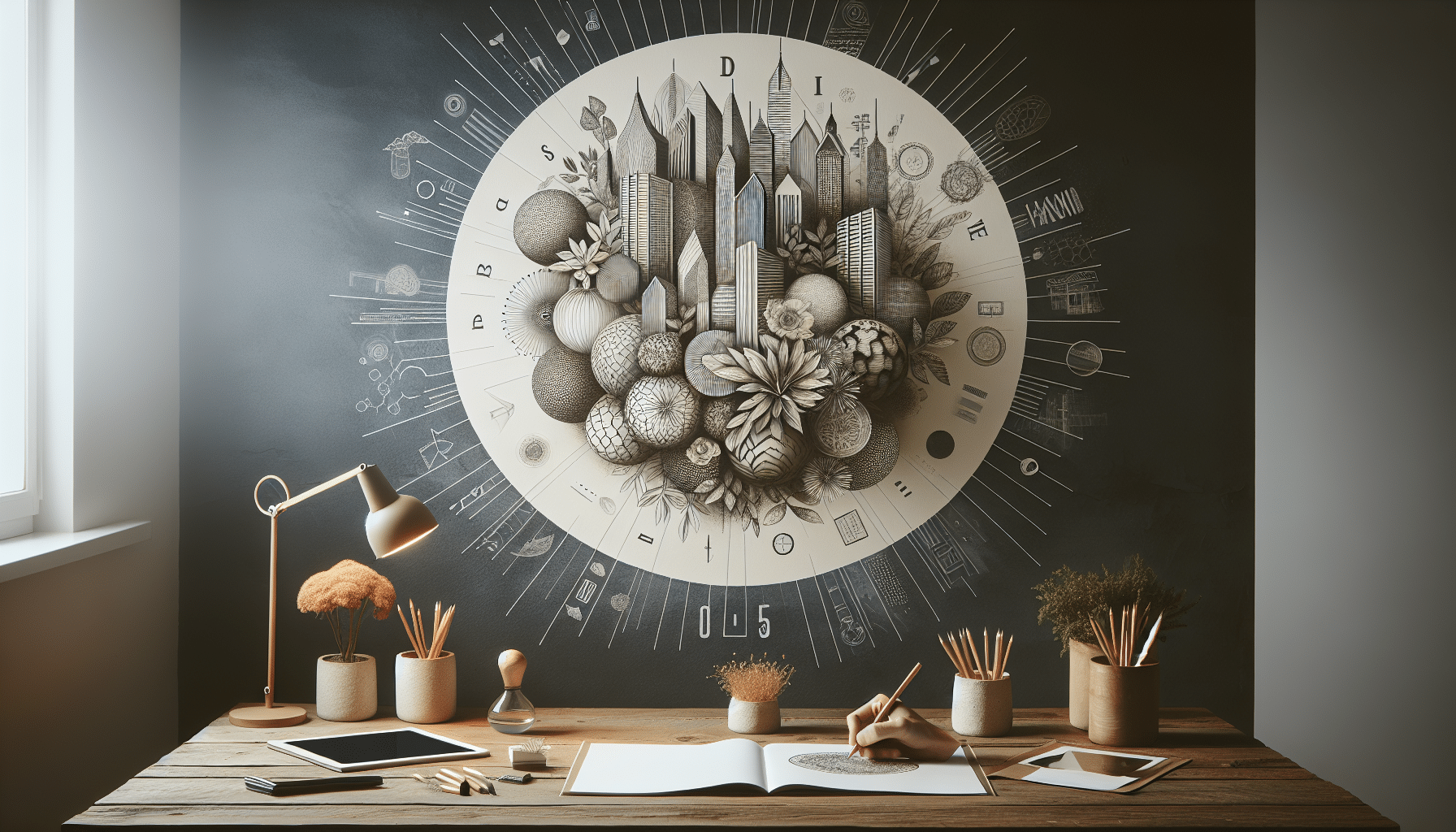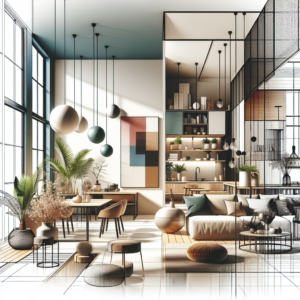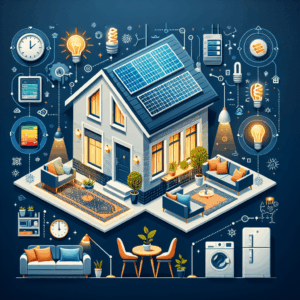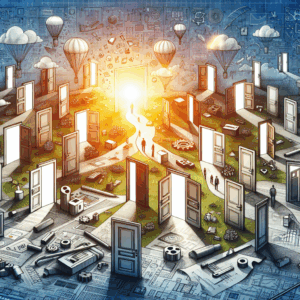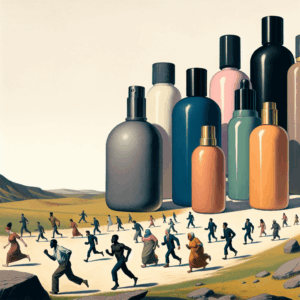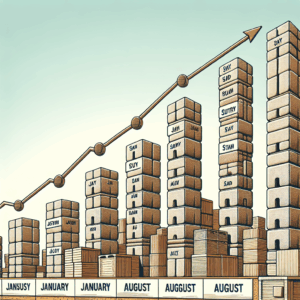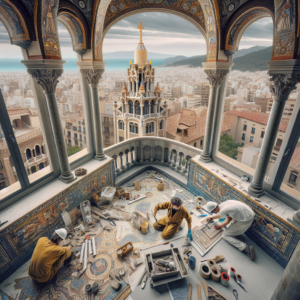Sure! Here’s the translation:
—
The world of interior design is constantly evolving, and 2025 brings a series of trends that reflect both the search for comfort and sustainability, adapting to new ways we inhabit our spaces. This year, seven trends are consolidating that are shaping the direction of interior design.
The first is the use of terracotta colors and warm tones. Designers are choosing palettes that evoke nature, creating cozy and harmonious environments. These shades not only blend well together but also bring an air of sophistication and relaxation to the home.
Secondly, multimodality in spaces has become crucial. With the rise of remote work, homes need to adapt to various functions: from offices to rest and entertainment areas. This flexible approach aims to maximize the functionality of every corner with multifunctional furniture that adjusts to present needs.
The third trend is the use of natural and recycled materials. Increasingly aware consumers demand greater ethics in their design choices. Furniture made from reclaimed wood, organic textiles, and decorative elements crafted from recycled materials are gaining popularity, allowing people to beautify their homes responsibly.
Minimalism remains important but is now merging with the concept of “sensible maximalism.” This trend encourages filling spaces with meaningful objects that tell a personal story, rather than adhering to strict rules of reduction. It promotes personalization and individual expression through selected decorative elements.
Lighting also becomes essential in this context. Quality lamps and ambient lighting installations are fundamental for creating different atmospheres at home. Designers are implementing smart technology that allows for adjusting the intensity and color of light according to the time of day, thereby promoting emotional well-being.
Another notable trend is the resurgence of vintage elements. Nostalgia and a desire for craftsmanship have led to pieces from past decades being integrated into contemporary homes. This not only adds character to spaces but also fosters a more sustainable lifestyle by opting for the reuse of furniture and decorations.
Finally, indoor gardens are on the rise. Aiming to reconnect with nature, more people are choosing to incorporate plants into their homes, creating fresher and healthier environments. These green spaces are not only aesthetically pleasing but also improve air quality and promote mental well-being.
In summary, 2025 is shaping up to be a year where interior design combines comfort, sustainability, and personalization, responding to a modern lifestyle that demands adaptability and connection with the environment.
Source: MiMub in Spanish

